Entry Type: Place - Starting with H
Hector (Pope County)
Hedges (Stone County)
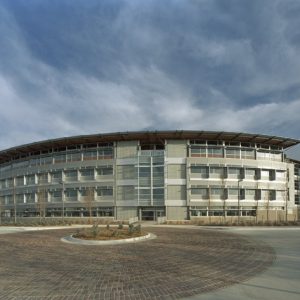 Heifer Project International World Headquarters
Heifer Project International World Headquarters
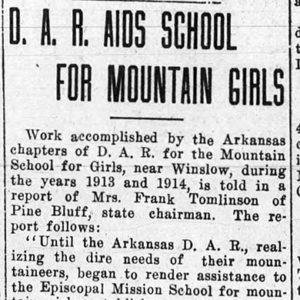 Helen Dunlap School Aid
Helen Dunlap School Aid
Helen Dunlap School for Mountain Girls
aka: Helen Dunlap Memorial School for Mountain Girls
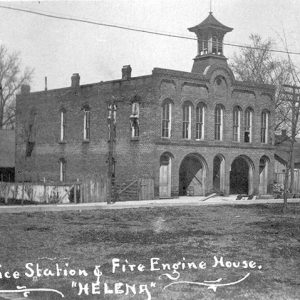 Helena City Hall
Helena City Hall
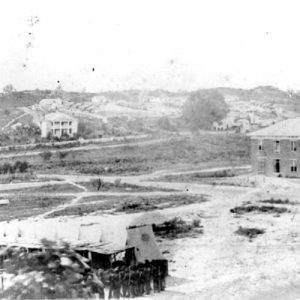 Helena Civil War Scene
Helena Civil War Scene
Helena Confederate Cemetery
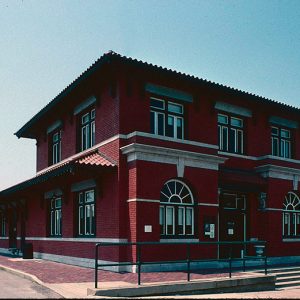 Helena Depot
Helena Depot
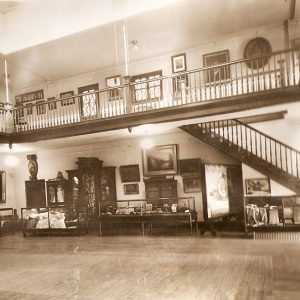 Helena Museum Interior: 1938
Helena Museum Interior: 1938
 Helena Museum Interior: 2021
Helena Museum Interior: 2021
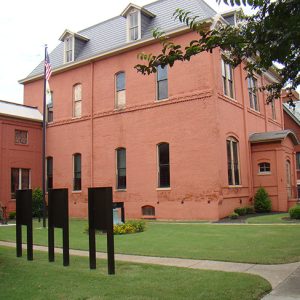 Helena Museum of Phillips County
Helena Museum of Phillips County
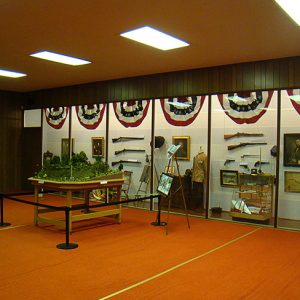 Helena Museum of Phillips County
Helena Museum of Phillips County
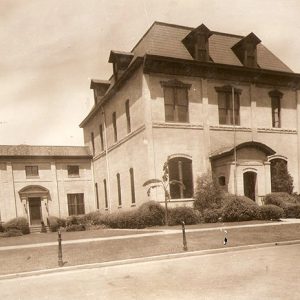 Helena Museum of Phillips County
Helena Museum of Phillips County
Helena Museum of Phillips County
aka: Helena Library and Museum
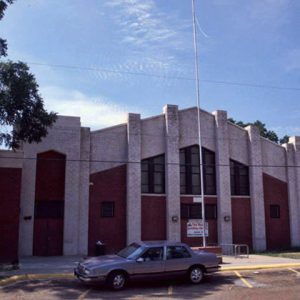 Helena National Guard Armory
Helena National Guard Armory
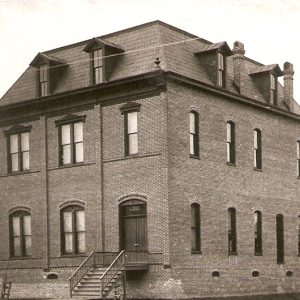 Helena Public Library
Helena Public Library
Helena-West Helena (Phillips County)
 Helena-West Helena Port
Helena-West Helena Port
 Hell Creek Natural Area
Hell Creek Natural Area
Hell’s Half Acre
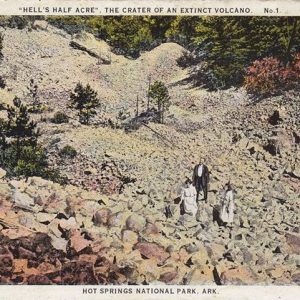 Hell's Half Acre
Hell's Half Acre
Hemingway-Pfeiffer Museum
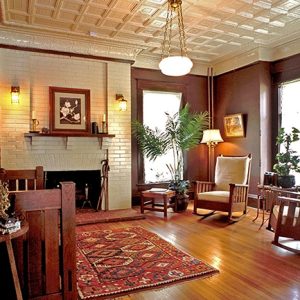 Hemingway-Pfeiffer Museum Interior
Hemingway-Pfeiffer Museum Interior
 Hemingway-Pfeiffer Museum
Hemingway-Pfeiffer Museum
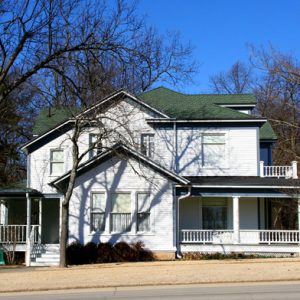 Hemingway-Pfeiffer Museum
Hemingway-Pfeiffer Museum
 Hemingway-Pfeiffer Museum Educational Center
Hemingway-Pfeiffer Museum Educational Center
 Hemmed-in Hollow
Hemmed-in Hollow
Hempstead County
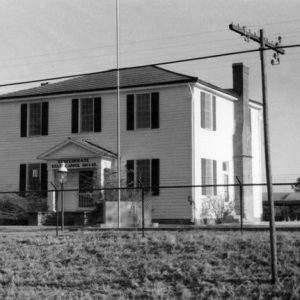 Hempstead County Courthouse
Hempstead County Courthouse
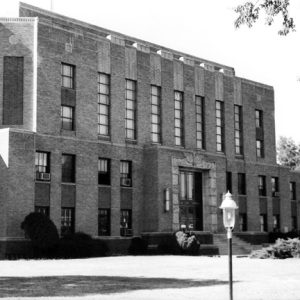 Hempstead County Courthouse
Hempstead County Courthouse
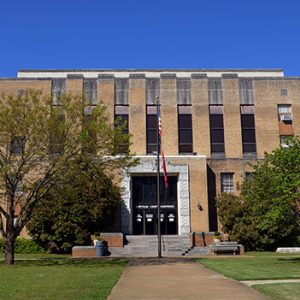 Hempstead County Courthouse
Hempstead County Courthouse
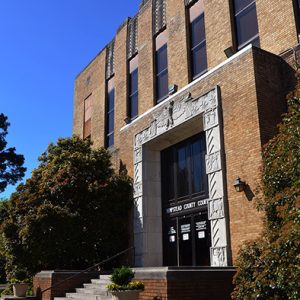 Hempstead County Courthouse Entrance
Hempstead County Courthouse Entrance
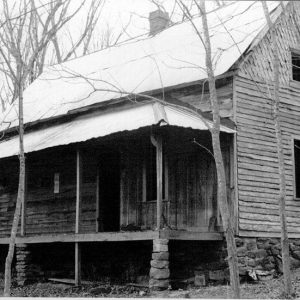 Henderson Farm
Henderson Farm
 Henderson Farm Barn
Henderson Farm Barn
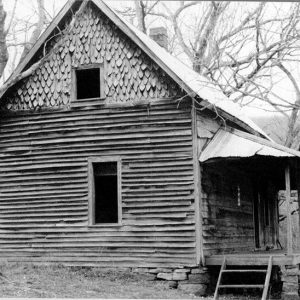 Henderson Farmhouse Side
Henderson Farmhouse Side
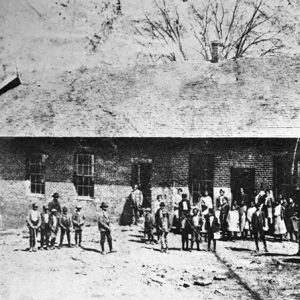 Henderson School
Henderson School
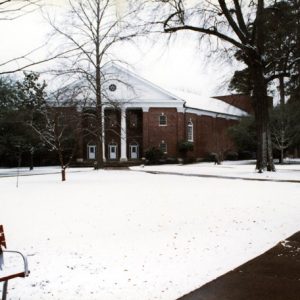 Henderson State University Arkansas Hall
Henderson State University Arkansas Hall
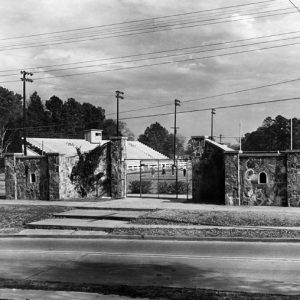 Henderson State University Haygood Field
Henderson State University Haygood Field
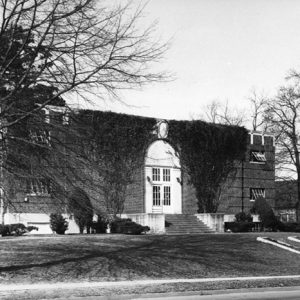 Haygood Gym
Haygood Gym
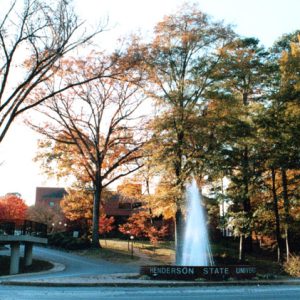 Henderson State University
Henderson State University
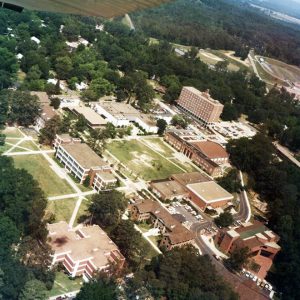 Henderson State University
Henderson State University
Henderson State University (HSU)
Henderson-Brown College
Hendrix College
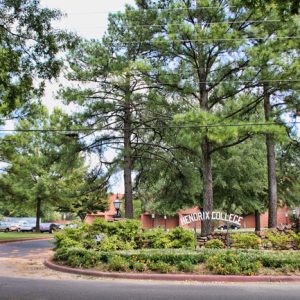 Hendrix College Entrance
Hendrix College Entrance
Hendrix College Addition Neighborhood Historic District
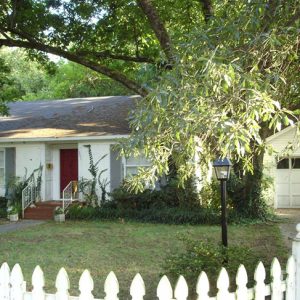 HCANHD 1261 Hunter Street
HCANHD 1261 Hunter Street
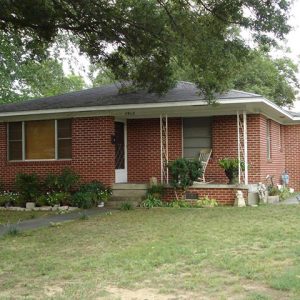 HCANHD 1912 Cleveland Street
HCANHD 1912 Cleveland Street




